
Gold has played a crucial role throughout human history, not only as a symbol of wealth but also in jewelry, electronics, aerospace, and other industries. In gold extraction, desorption and electrowinning is an essential purification step. This process involves desorbing gold from activated carbon using a specific solution, then depositing it onto the cathode through electrolysis, ensuring efficient recovery and purification.
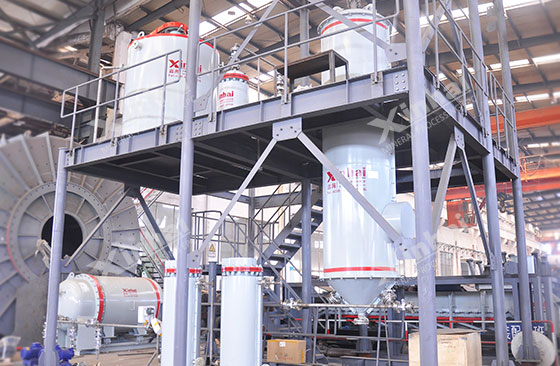
So, what equipment is needed for desorption and electrowinning process? Let’s take a look!
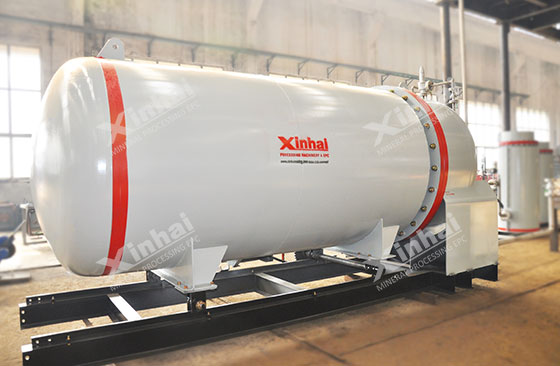
The electrolytic tank is the core equipment in the gold desorption electrolysis process. Its function is to contain the electrolyte and gold electrodes and provide a stable environment for the electrolytic reaction. Since the electrolyte is usually corrosive, the electrolytic cell must be able to resist this corrosion to ensure the long-term stable operation of the equipment. Therefore, it is mostly made of materials with strong corrosion resistance such as polyvinyl chloride (PVC) and polypropylene (PP).
Generally, the size and shape of the electrolytic tank should be designed according to the production scale and process requirements of gold extraction to ensure that the gold electrode can be fully immersed in the electrolyte and facilitate operation and maintenance.
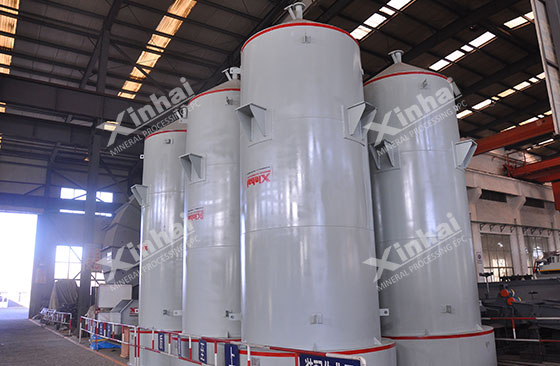
The desorption column is used to desorb gold from gold-loaded carbon. The principle is that the desorption column is filled with gold-loaded carbon. First, a desorption solution of a certain temperature and concentration (usually a mixed solution of sodium hydroxide and sodium cyanide or other suitable chemical reagents) is pumped into the desorption column at a specific flow rate. The desorption solution is fully in contact with the gold-loaded carbon. Under specific temperature and pressure conditions, the chemical substances in the desorption solution react chemically with the gold ions adsorbed on the gold-loaded carbon.
This chemical reaction destroys the adsorption force between gold ions and gold-loaded carbon, causing the gold ions to detach from the gold-loaded carbon and enter the desorption solution, forming a gold-containing desorption solution. As the desorption solution continues to flow through the analytical column, the gold on the gold-loaded carbon is gradually desorbed, achieving the separation of gold from the gold-loaded carbon.
The electrolyte is an important component of the gold desorption electrolysis process, and is usually composed of a solution containing gold ions, such as potassium cyanide gold solution, gold chloride solution, etc. The role of the electrolyte is to provide gold ions and promote the electrolysis reaction. The electrolyte should have a certain stability and be able to maintain a stable concentration of gold ions during the electrolysis process of gold extraction to ensure the continuous electrolysis reaction. The concentration of gold ions in the electrolyte should be adjusted according to the process requirements to ensure the efficiency and quality of gold desorption.
However, the electrolyte is usually toxic, and corresponding safety measures should be taken during use to prevent harm to the human body and the environment.
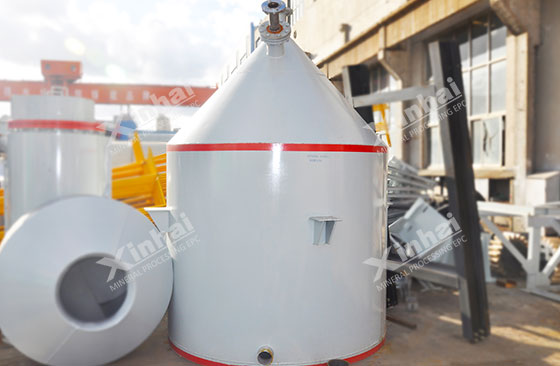
Activated carbon is used in large quantities to adsorb gold ions during gold extraction process. The carbon storage tank provides a centralized storage place for activated carbon, ensuring that there is enough activated carbon to supply the entire beneficiation process. It can store activated carbon of different quantities and specifications according to production needs and process arrangements to meet the beneficiation operations at different stages.
During the gold beneficiation process, the demand for activated carbon in various links may change, but the carbon storage tank can act as a buffer to ensure that the supply of activated carbon will not be interrupted or fluctuated. This helps maintain the stability and continuity of the beneficiation process and improve production efficiency and product quality.
The stirring device is an auxiliary device in the gold desorption electrolysis process. Its function is to stir the electrolyte to make the gold ions evenly distributed and improve the efficiency of the electrolysis reaction. The stirring device should be able to stir the electrolyte evenly to avoid the situation where the local concentration is too high or too low, which affects the gold desorption efficiency.
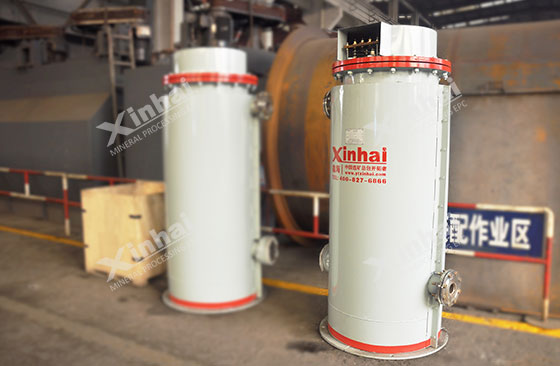
In the desorption electrolysis process of gold extraction, the electric heater is an important equipment. Its main purpose is to control the temperature during the desorption process. Generally, it needs to be heated to a specific problem to improve the desorption efficiency. The electric heater generates heat to increase the temperature of the desorption solution and maintain it within a suitable range. The appropriate temperature can promote the desorption reaction, making it easier for the gold ions on the gold-loaded carbon to detach and enter the desorption solution.
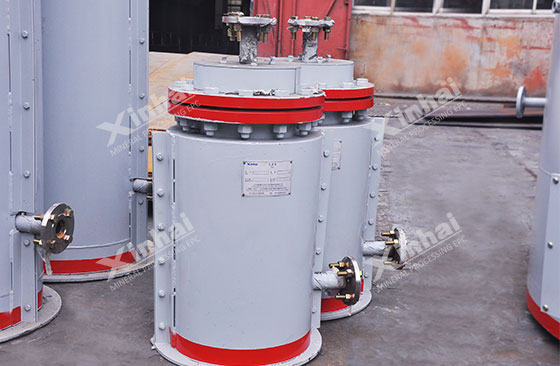
The filter device is an important equipment in the gold desorption electrolysis process. Its function is to filter impurities in the electrolyte and improve the purity of gold. Since various chemical agents and corrosive substances may be involved in the gold extraction process, the filter device must have good corrosion resistance. It is usually made of corrosion-resistant materials, such as stainless steel, special alloys, etc., to ensure long-term stable operation of the equipment in harsh working environments.
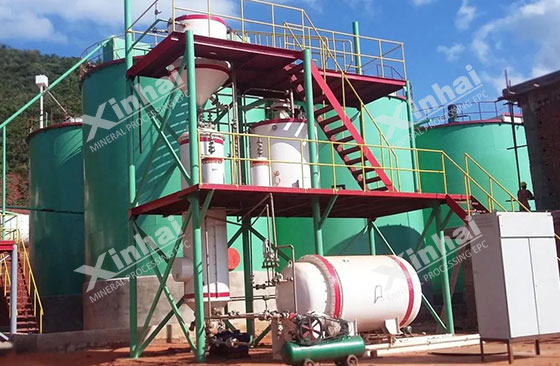
In summary, gold desorption electrolysis equipment is the key to achieve gold extraction and separation. These devices each play an important role and have different characteristics. In practical applications, appropriate equipment should be selected according to factors such as production scale, process requirements and gold content, and reasonable configuration and operation should be carried out to ensure the efficiency and quality of gold desorption. At the same time, attention should be paid to the maintenance and care of the equipment to extend the service life of the equipment and improve production efficiency.
To find out more about our products and solutions, please fill out the form below and one of our experts will get back to you shortly.